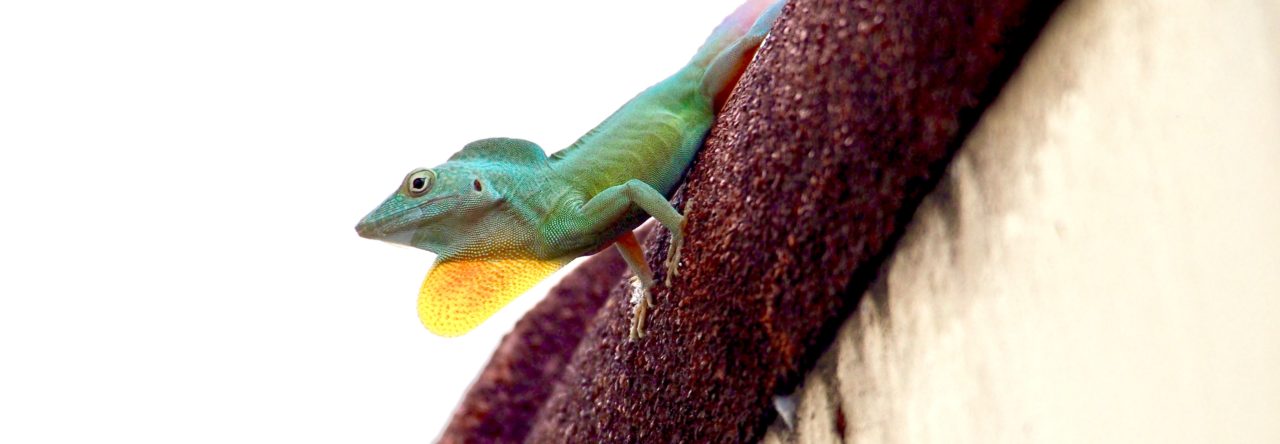 Previous contributors have discussed the use of Anolis as an educational tool at the K-12 level (see here and here). But what happens when teachers don’t take anoles to the students? The answer is quite simple: the kids bring the anoles to them! Alex C., a sixth grader who recently graduated from my brother’s fifth grade class in PA, just passed along a “Discovery Quest” presentation that he created for fun (and to learn, of course). The topic: Green Anoles! I think it’s safe to say that our favorite lizards have so effectively permeated mainstream culture that the recruitment of anole biologists should prove an easy task from here on out. We look forward to having you in the field in about a decade, Alex C. (and all you other future anole experts)!
Previous contributors have discussed the use of Anolis as an educational tool at the K-12 level (see here and here). But what happens when teachers don’t take anoles to the students? The answer is quite simple: the kids bring the anoles to them! Alex C., a sixth grader who recently graduated from my brother’s fifth grade class in PA, just passed along a “Discovery Quest” presentation that he created for fun (and to learn, of course). The topic: Green Anoles! I think it’s safe to say that our favorite lizards have so effectively permeated mainstream culture that the recruitment of anole biologists should prove an easy task from here on out. We look forward to having you in the field in about a decade, Alex C. (and all you other future anole experts)!
Anyone else with stories of anole addictions beginning at a young age? These can be auto-biographical or about those you know!














